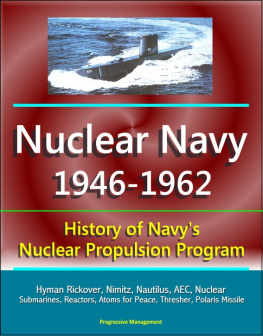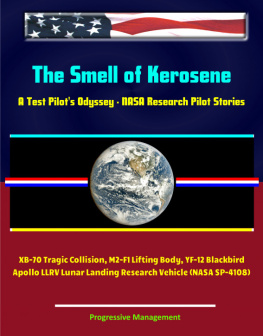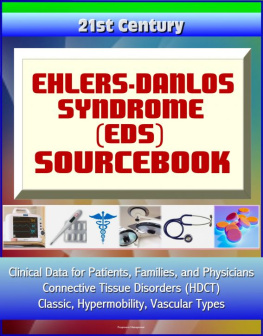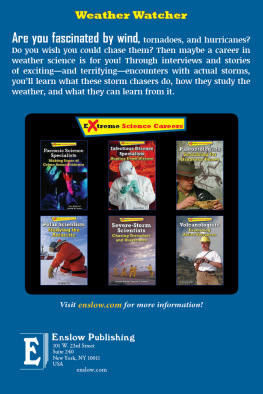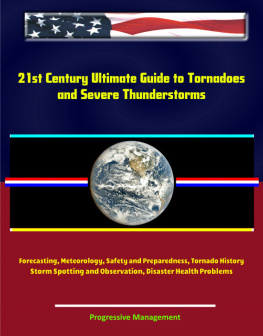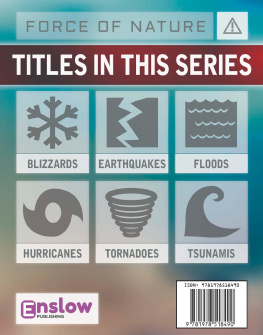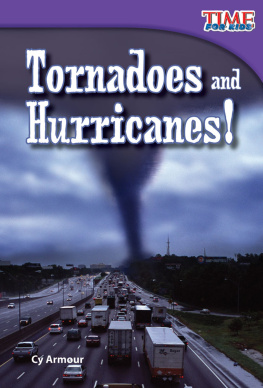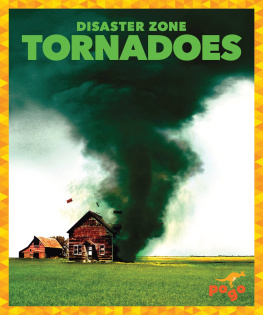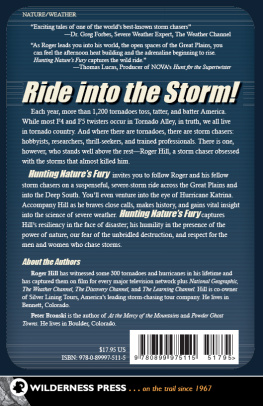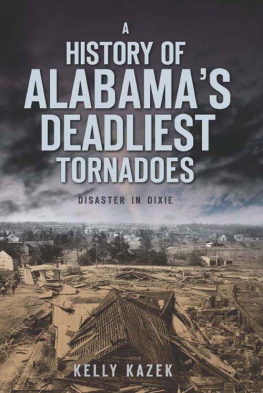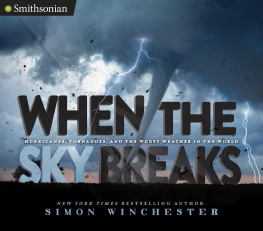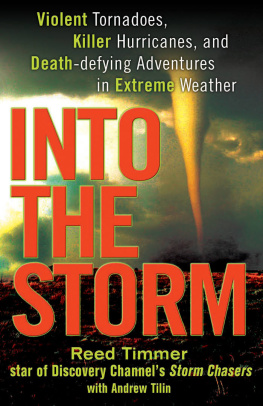Progressive Management - Superstorm Encyclopedia: Tornadoes, Severe Thunderstorms, Hurricanes, Tropical Storms, Typhoons, Cyclones--Meteorology, Forecasts, Safety and Preparedness, History, Disaster Health Problems
Here you can read online Progressive Management - Superstorm Encyclopedia: Tornadoes, Severe Thunderstorms, Hurricanes, Tropical Storms, Typhoons, Cyclones--Meteorology, Forecasts, Safety and Preparedness, History, Disaster Health Problems full text of the book (entire story) in english for free. Download pdf and epub, get meaning, cover and reviews about this ebook. year: 2011, publisher: Progressive Management, genre: Art. Description of the work, (preface) as well as reviews are available. Best literature library LitArk.com created for fans of good reading and offers a wide selection of genres:
Romance novel
Science fiction
Adventure
Detective
Science
History
Home and family
Prose
Art
Politics
Computer
Non-fiction
Religion
Business
Children
Humor
Choose a favorite category and find really read worthwhile books. Enjoy immersion in the world of imagination, feel the emotions of the characters or learn something new for yourself, make an fascinating discovery.
- Book:Superstorm Encyclopedia: Tornadoes, Severe Thunderstorms, Hurricanes, Tropical Storms, Typhoons, Cyclones--Meteorology, Forecasts, Safety and Preparedness, History, Disaster Health Problems
- Author:
- Publisher:Progressive Management
- Genre:
- Year:2011
- Rating:5 / 5
- Favourites:Add to favourites
- Your mark:
Superstorm Encyclopedia: Tornadoes, Severe Thunderstorms, Hurricanes, Tropical Storms, Typhoons, Cyclones--Meteorology, Forecasts, Safety and Preparedness, History, Disaster Health Problems: summary, description and annotation
We offer to read an annotation, description, summary or preface (depends on what the author of the book "Superstorm Encyclopedia: Tornadoes, Severe Thunderstorms, Hurricanes, Tropical Storms, Typhoons, Cyclones--Meteorology, Forecasts, Safety and Preparedness, History, Disaster Health Problems" wrote himself). If you haven't found the necessary information about the book — write in the comments, we will try to find it.
Earth's most powerful storms - hurricanes and tornadoes - are the subject of this massive 1700 page report with authoritative coverage of all aspects of these deadly superstorms: meteorology, forecasting, history, safety, preparedness, research, and health hazards.
Tornadoes: Tornado Overview, Science, Meteorology - including Forecasting, Frequently Asked Questions, Research, the work of NOAA's National Severe Storms Laboratory (NSSL) and Storm Prediction Center (SPC); Tornado Safety and Preparedness Measures - including Storm Shelters and Safe Rooms; Hail - Lightning -Flash Floods ; Storm Observation, Spotting, and Reporting; Historic Tornadoes, History of Forecasting; Building Performance Assessment: Oklahoma And Kansas Tornadoes 1999; Glossary; and Health And Medical Impacts of Disasters. Some of the specific topics covered include: Tornado Basics; Supercells, Updrafts, Gustnadoes, Shear, Downdraft, Tornadogenesis, Rear Flank Downdraft, Waterspouts, Dry Line, Tornado Vortex Signature, Wedge Tornadoes, Rope Tornadoes, Condensation Funnel, Radar Evidence, Hook Echo, Wall Cloud, Beaver's Tail, Descriptions of Radar Hardware and Software, Watches and Warnings, F and EF Fujita damage estimate scales, Tornadoes from Hurricanes, Climatology, Extremes, Research, VORTEX, SPC Products, Relationship Between El Nino, La Nina, And United States Tornado Activity, Preparedness Guide for Tornadoes, Lightning, and Thunderstorms, Disaster Plans, Mobile Home Danger, A Guide To Developing A Severe Weather Emergency Plan For Schools (And Businesses, Shopping Malls, Depots, Hotels, Hospitals); FEMA Residential Safe Rooms Background and Research; How to Prepare for a Tornado; What to Do Before, During and After; Inspecting the Damage; Emergency Care After a Natural Disaster; Storm Observation, Spotting and Reporting: Basic and Advanced Guides, Thunderstorm Life Cycle; Visual Indications of Updraft Strength and Organization, Tornadic Wall Cloud Characteristics; Reporting to NWS Criteria; First Successful Tornado Forecast March 1948 (fascinating first-person account by forecaster); the report of the 1999 FEMA Building Performance and Assessment Team which conducted a field investigation of the devastating outbreak in Oklahoma and Kansas, leading to building recommendations; the Health and Medical Impacts of Disasters with detailed information on emergency preparedness and response from the Centers for Disease Control (CDC) - including wounds, insects, pets, animals in evacuation centers, carbon monoxide poisoning, chain saw injuries during tree removal, released chemicals, cleaning with bleach, respiratory protection, mold and fungal contamination, personal protection, emotional trauma, and much more.
Hurricanes: Overview, Science, and Meteorology (National Hurricane Center); Mariners Guide For Hurricane Awareness In The North Atlantic Basin; Glossary; FEMA Hurricane Documents. Specific topics: Names and the History of Naming * Hazards, Rainfall and Flooding, Storm Surge and Inland Flooding * High Wind Safety * Historic Storm Surge and High Wind Events * Hurricane Hunters * Saffir-Simpson Hurricane Wind Scale (complete description) * Technical Summary of NHC Track and Intensity Models (providing details on the models used in forecasting) * Atlantic Oceanographic and Meteorological Laboratory - Hurricane Research Division Frequently Asked Questions * Discussions about modification efforts, Project Stormfury * Important Dates in the History of Research (Timeline) * Tornadoes Spawned by Hurricanes * Preparedness Guide * Shutters * Avoiding Damage * FDA, NOAA, CDC Advice * History of Hurricanes - from Galveston 1990 to Katrina 2005, Ike 2008 * Deadliest Atlantic Cyclones,...
Progressive Management: author's other books
Who wrote Superstorm Encyclopedia: Tornadoes, Severe Thunderstorms, Hurricanes, Tropical Storms, Typhoons, Cyclones--Meteorology, Forecasts, Safety and Preparedness, History, Disaster Health Problems? Find out the surname, the name of the author of the book and a list of all author's works by series.


